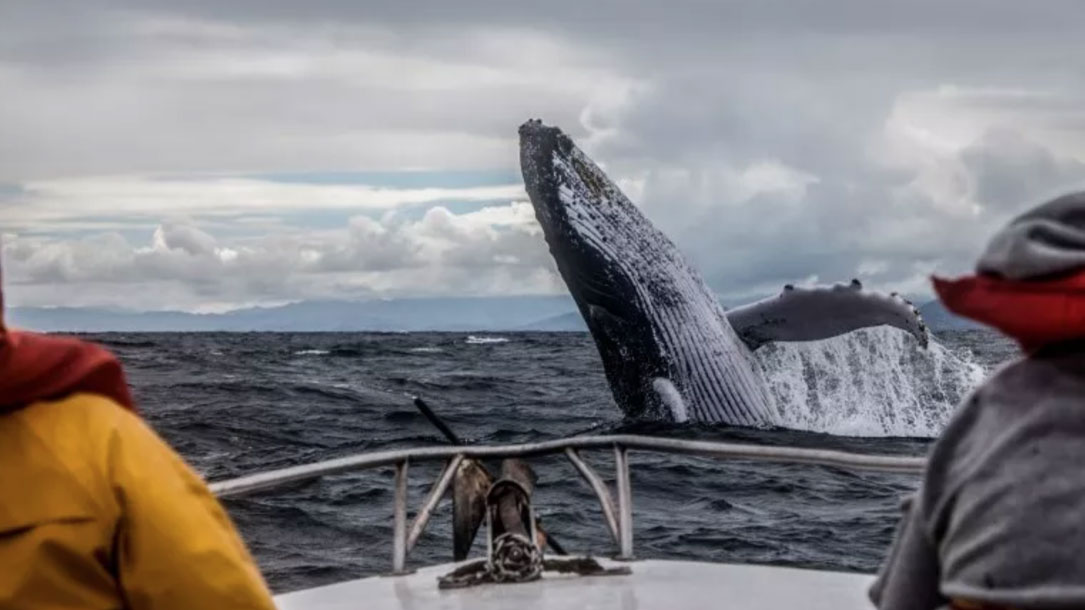
Climate change is choking the Atlantic Ocean to death: ‘It’s losing the oxygen that is vital to life.’
A scientist leading a health check of the Earth’s second largest ocean has warned that the Atlantic could run out of breath.
Over the course of four years, an international team of researchers from countries which border the Atlantic Ocean will investigate how climate change as well as industries such as fishing, mining, and oil and gas extraction affect the expanse of water. They will also look for refuges where animals appear able to survive, BBC News reported…
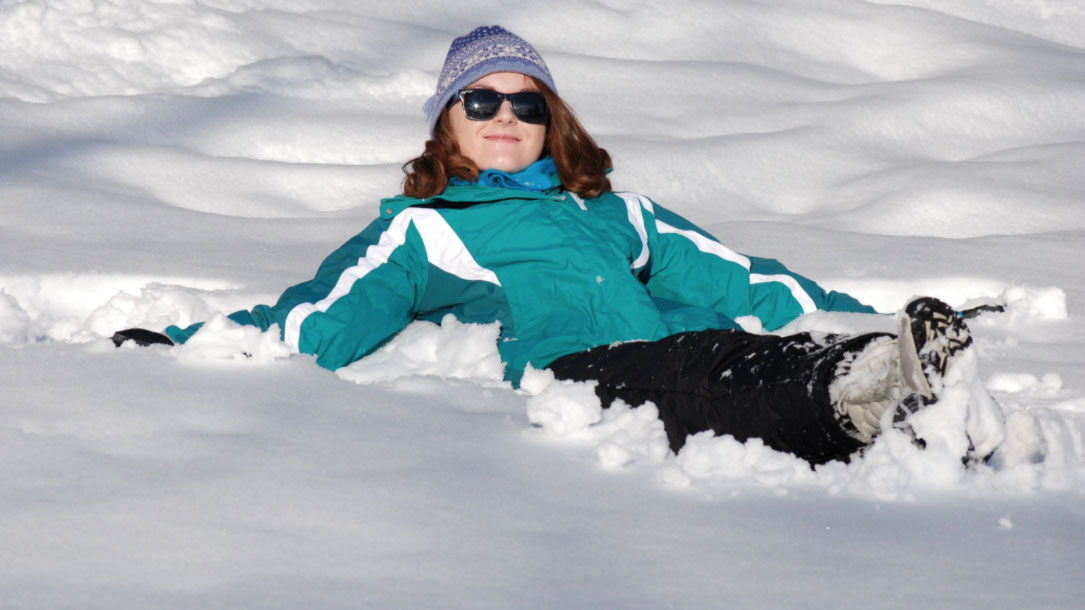
Wet California winter is a boon for skiers and water supply. But it brings a threat: wildfire.
“We’ve gotten really good at putting out fires under all circumstances, except for extreme weather conditions,” said Alan Taylor, a Pennsylvania State University professor of geology and ecology who has found that the historic link between wet winters followed by mild fire seasons no longer exists. “And that is how they are burning in California now.”
The Inyo National Forest’s 1.9 million acres include the Sierra’s pine forests, steep canyons, expansive calderas, and the highest peak in the lower 48 states, Mount Whitney. There is no timber industry in what is the rain shadow formed by the surrounding range.
“We are basically a forest on top of a desert,” said Eric Vane, the U.S. Forest Service’s vegetation planning manager for the northern Inyo…
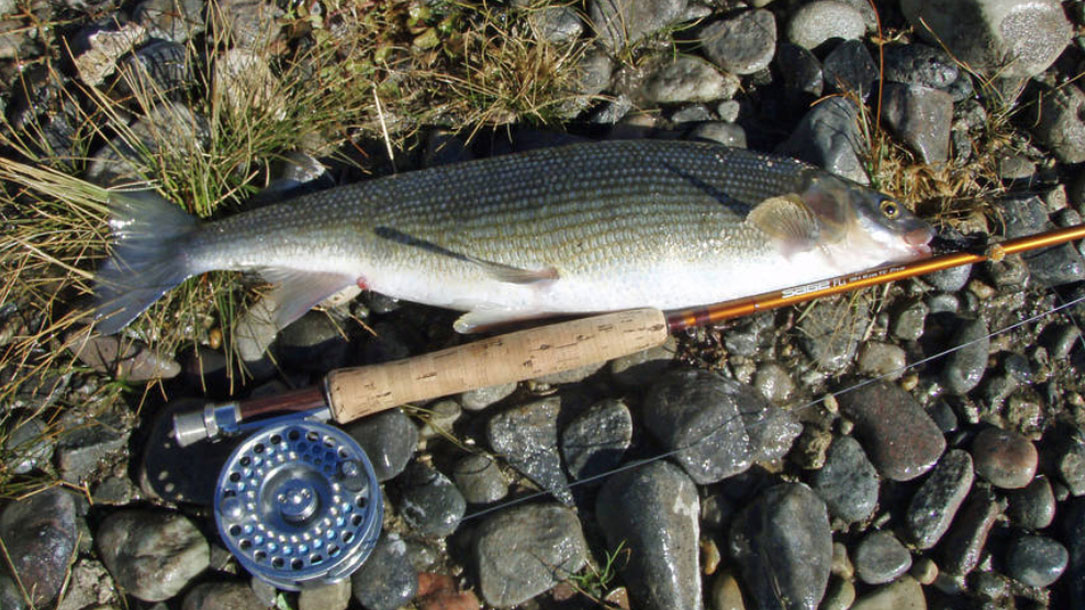
Fish Deaths in Montana’s Yellowstone River Tied to Warming Waters
“An outbreak of fish-killing disease along a 100-mile stretch of the Yellowstone River in Montana may be the latest sign that mountain stream ecosystems are being disrupted by climate change. Scientists point to warmer, slower rivers as a likely cause of the mass fish mortality.
Since Aug. 12, the Montana Department of Fish, Wildlife and Parks has counted 4,000 dead mountain whitefish, along with smaller numbers of rainbow trout, Yellowstone cutthroat, longnose suckers, sculpin and longnose dace. The agency estimate that tens of thousands of fish may be dead and they closed the segment to recreation to reduce impacts to fish. This is happening along a river that’s an economic mainstay for nearby communities and thought of as a relatively healthy, undammed river…”
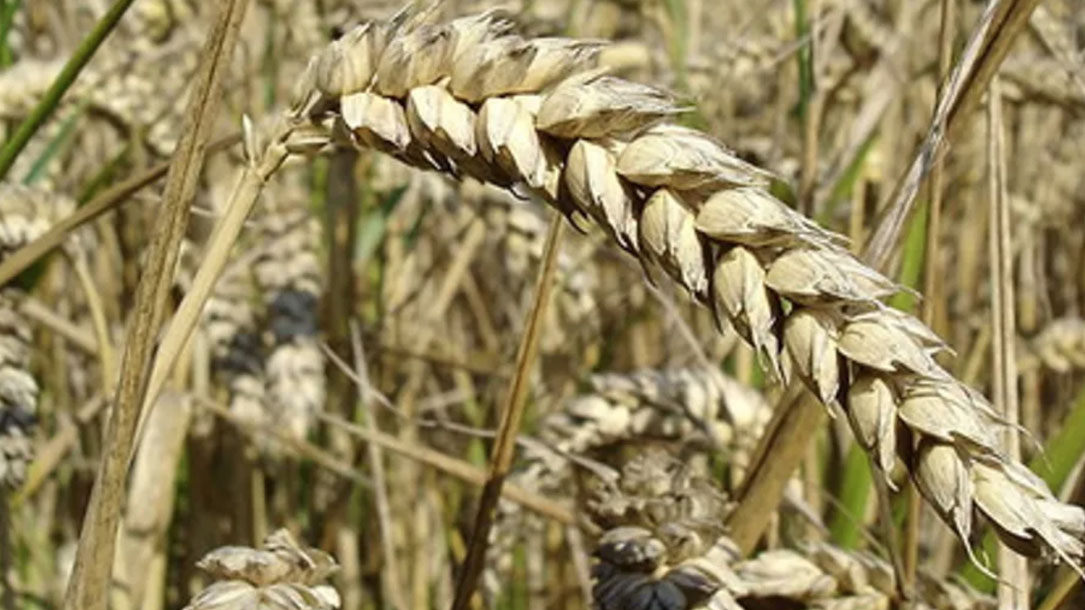
Crop pests and pathogens move polewards in a warming world
“Global food security is threatened by the emergence and spread of crop pests and pathogens. Spread is facilitated primarily by human transportation, but there is increasing concern that climate change allows establishment in hitherto unsuitable regions. However, interactions between climate change, crops and pests are complex, and the extent to which crop pests and pathogens have altered their latitudinal ranges in response to global warming is largely unknown…”
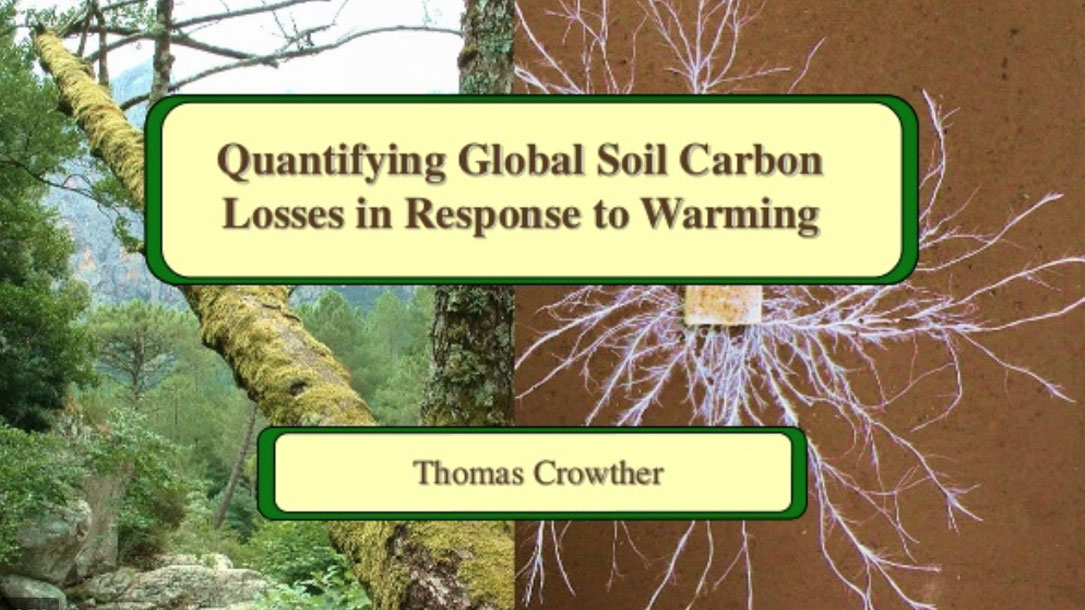
Quantifying global soil carbon losses in response to warming
“The majority of the Earth’s terrestrial carbon is stored in the soil. If anthropogenic warming stimulates the loss of this carbon to the atmosphere, it could drive further planetary warming. Despite evidence that warming enhances carbon fluxes to and from the soil, the net global balance between these responses remains uncertain. Here we present a comprehensive analysis of warming-induced changes in soil carbon stocks by assembling data from 49 field experiments located across North America, Europe and Asia. We find that the effects of warming are contingent on the size of the initial soil carbon stock, with considerable losses occurring in high-latitude areas…”
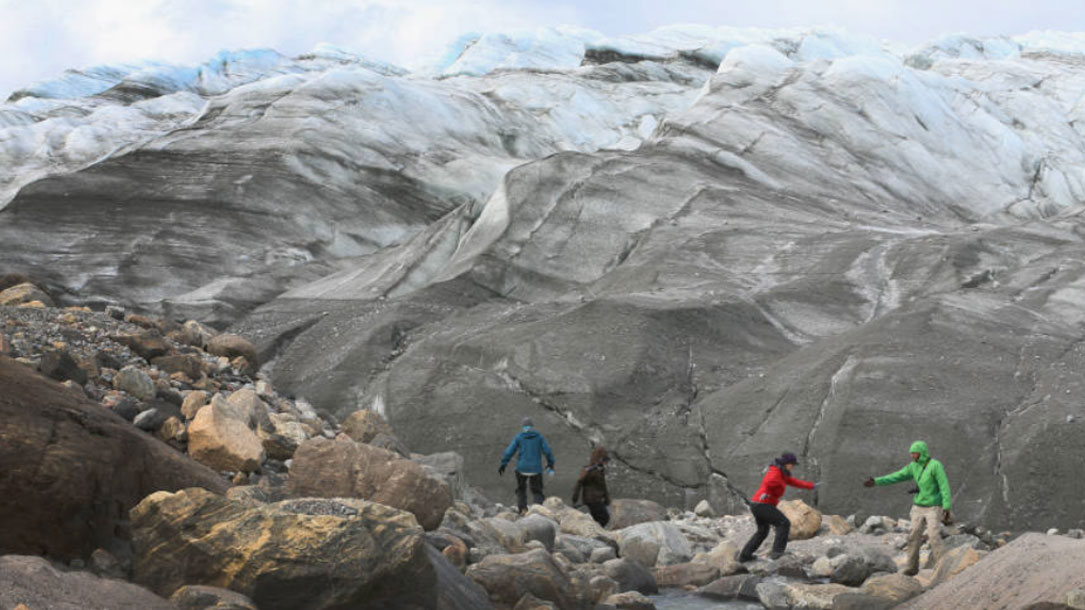
What’s Eating Away at the Greenland Ice Sheet?
“In the high-stakes race against sea level rise, understanding what’s causing the Greenland Ice Sheet to melt is critical. The problem isn’t just rising temperatures: soot from ships, wildfires and distant power plants, as well as dust and a living carpet of microbes on the surface of the ice, are all speeding up the melting.
Right now, predictions for sea level rise range from about 1 to 10 feet by 2100—a wide difference for coastal communities trying to plan seawalls and other protective measures…”

Global warming pushes microbes into damaging climate feedback loops
“[G]lobal warming is supercharging some microbial cycles on a scale big enough to trigger damaging climate feedback loops, research is showing. Bacteria are feasting on more organic material and producing extra carbon dioxide as the planet warms. In the Arctic, a spreading carpet of algae is soaking up more of the sun’s summer rays, speeding melting of the ice.
Deadly pathogenic microbes are also spreading poleward and upward in elevation, killing people, cattle, and crops…
Research has shown that accelerated microbial activity in soils will significantly increase carbon emissions by 2050. In another study, global warming favors fungi that quickly break down dead wood and leaves and release CO2 to the atmosphere.
Other warning signs from the microbial world include spreading crop diseases that threaten food security, microbial parasites that threaten freshwater fish, as well as the fungal epidemic wiping out amphibians world wide…
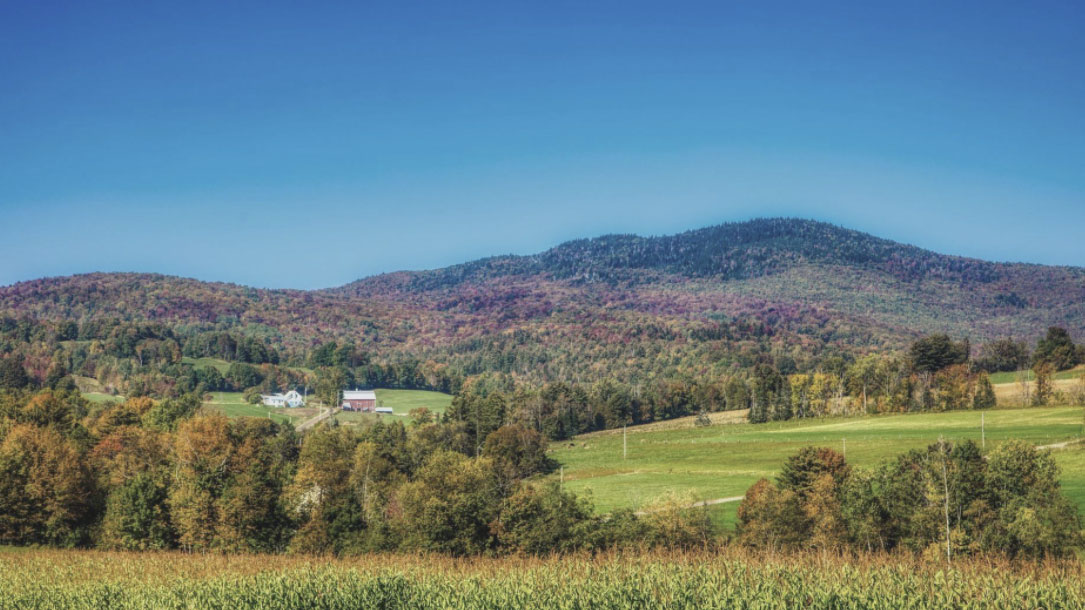
Older Forests Resist Change—Climate Change, That Is
Older forests in eastern North America are less vulnerable to climate change than younger forests—particularly for carbon storage, timber production, and biodiversity—new research from University of Vermont finds.
The study, to be published in Global Change Biology‘s June 12th edition, analyzes how climate change is expected to impact forests across the eastern United States and Canada. It finds that increased forest age reduces the climate sensitivity of forest carbon, timber, and biodiversity to projected increases in temperature and precipitation. In other words, increased age helps to safeguard forests from climate change.
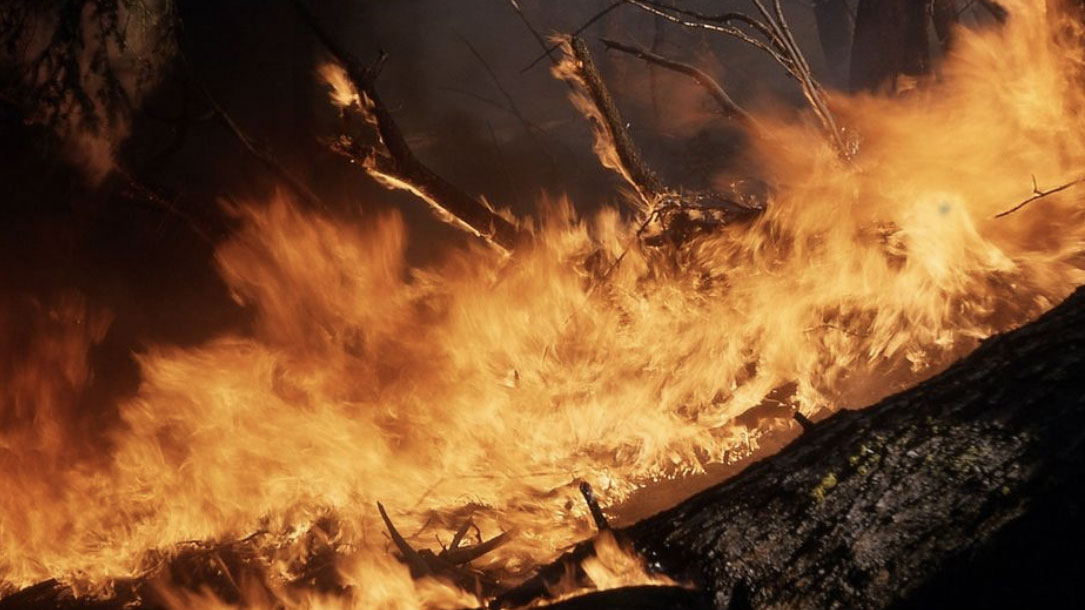
Western Rangelands Threatened by Intensifying Wildfires
Once rare, fires that are large, hot, and destructive are now common in the Great Basin—a 200,000-square mile region of mountains and valleys that includes all of Nevada and much of Utah, as well as parts of California, Idaho, and Oregon. But despite the rising fire risk, a general lack of attention is putting the rangeland in growing danger.
“The fire problem ‘risks permanent loss’ of the ecosystem,” explains Jolie Pollet, a fire ecologist and the Bureau of Land Management’s division chief for fire planning and fuels management.
“This is a genuine crisis,” she says. “And it demands greater urgency and attention than it is currently getting…”

City Trees Can Offset Neighborhood Heat Islands
The concept of heat islands—densely built-up urban areas that are hotter than the rural and semi-rural landscapes around them—has been extensively studied and is widely accepted.
Now a new study takes a closer look at the urban heat island phenomenon and what can be done to mitigate it. According to ecologist Carly Ziter of Concordia University in Montreal and her colleagues at the University of Wisconsin-Madison, tree canopy cover in urban areas can dramatically reduce the temperature of the immediate environment—enough to make a significant difference even within a few city blocks…












